When the Eagles and the 49ers worked on the deal that eventually sent Terrell Owens to the Eagles back in 2004, who did San Francisco want in return? The player they focused on was defensive tackle Sam Rayburn. The former rookie free agent had shown big potential and the 49ers thought he was a player on the rise. The Eagles refused to deal him and Rayburn had six sacks for the team that went to the Super Bowl.
I remember a Monday night game in 2003 when tackle Tra Thomas was hurt and unable to play. The Eagles put undrafted lineman Artis Hicks at left tackle to face star pass rusher Jason Taylor. The Eagles' offense put up 36 points and Hicks was a key part of that.
Quintin Mikell spent his first four years in the NFL making his mark on special teams. He eventually went from an undrafted player to someone who started more than 100 games in his NFL career.
The Eagles spent much of the early 1990s trying to find good defensive tackles. They spent high picks on Tommy Jeter, Bruce Walker, and Leonard Renfro. They signed veterans like William Perry, Ronnie Dixon, and Rhett Hall. It wasn't until Hollis Thomas was signed as an undrafted free agent in 1996 that the Eagles got some stability at defensive tackle.
The point of all this is that it doesn't matter how you get in the league. What really matters is what you do on the field. With that in mind, let's talk about the undrafted players the team signed.
RB Corey Clement
The most notable player is running back Corey Clement from Wisconsin. The Eagles didn't draft a three-down running back so that opens the door for Clement to win a job. He had a big senior season at Wisconsin, running for 1,375 yards and 15 touchdowns. Clement is 220 pounds and runs well for his size. He isn't overly elusive, but doesn't need to be with his size. He is at his best as a north-south runner. Clement is generally a move-the-chains type of runner, but he did have a 68-yard run against Ohio State and a 67-yard touchdown against Penn State in the Big Ten title game so he can deliver big plays when he gets out in space.
Clement has to show that he can block and catch if he wants to earn a spot. He didn't catch many passes in college, but it looks like he has pretty good hands. Backs in the NFL must be complete players, not just runners. The Eagles could certainly use a runner with his size. Put Clement behind a big, physical offensive line like the Eagles have and let him run downhill. He did that well in college and has the potential to do it in the NFL.
C Tyler Orlosky
One of the guys who could be blocking for Clement is Tyler Orlosky. He started at center for three years for West Virginia. Orlosky is 6-3 and 298 pounds, a solid build for a center. He is pretty much the opposite of Jason Kelce. Orlosky relies on strength and power to handle defensive linemen. He is a limited athlete. He can be effective when blocking in space, but isn't going to be running 30 yards downfield in front of Darren Sproles on a screen pass.
Orlosky is stout and anchors well. You aren't going to push him backward on a consistent basis. The key question for Orlosky is whether he has enough athleticism for the NFL. He certainly is the kind of nasty, physical blocker who Doug Pederson has said he wants. Orlosky sustains blocks well and really battles from snap to whistle. Sometimes that style and attitude can make up for less than ideal athleticism with interior blockers.
DT Charles Walker
You can argue that Charles Walker is the most interesting of the UDFA signings. Walker played defensive tackle and defensive end for Oklahoma and flashed tremendous potential at times. If you watched just his highlights, you would think he was at least a second-round pick. Walker can be very impressive. He went undrafted because he was inconsistent in college and there are some injury concerns to deal with. As a sophomore, Walker showed how good he can be. He played in 12 games and had six sacks. He displayed an excellent combination of power and quickness. He moved really well for a man who is 6-2 and around 300 pounds.
Defensive coordinator Jim Schwartz covets defensive linemen who can get to the quarterback and that's something Walker does well. It is no surprise the Eagles signed him. They will simplify things for Walker. He moved around and had different responsibilities in college. The Eagles will turn Walker loose and let him attack up the field. There is no question in my mind that Walker has the potential to succeed in the NFL. He has to show that he can stay on the field and play well on a consistent basis. Players who are up and down just don't last long.
The 2017 Eagles rookies took the field at the NovaCare Complex for the first time today. Check out some of their best moments on the field...
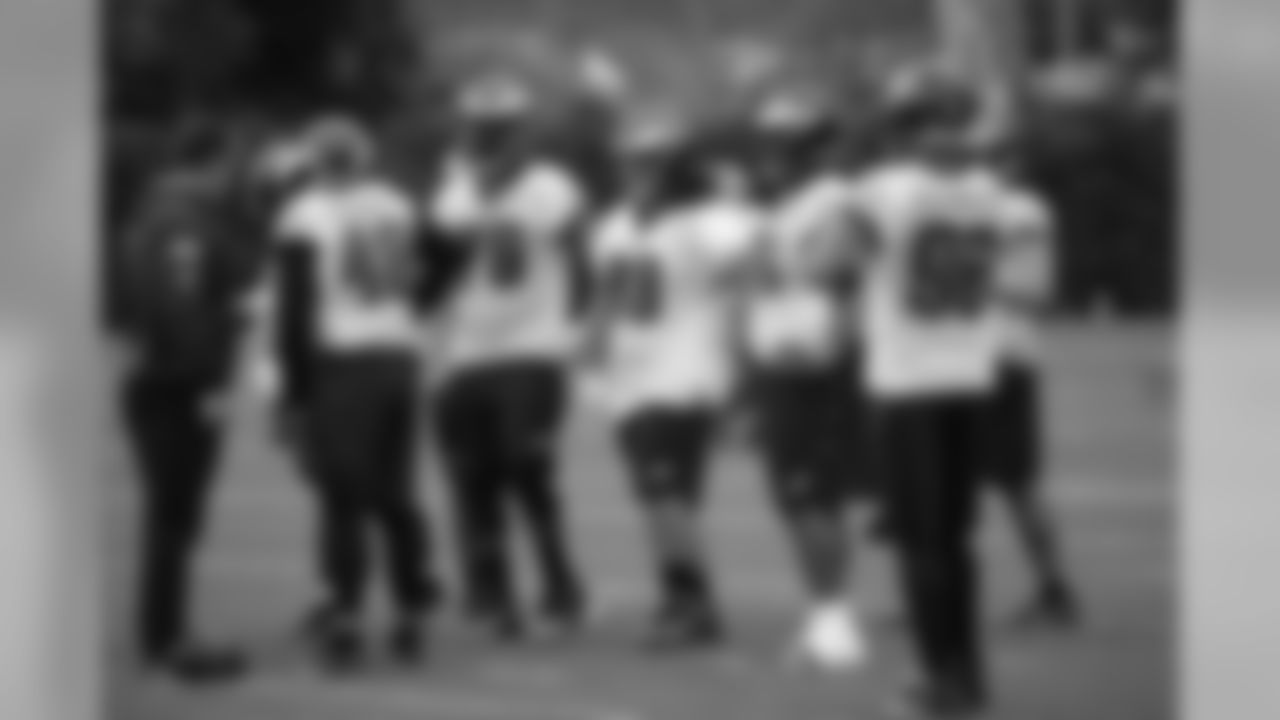
Defensive coordinator Jim Schwartz speaks to the defense
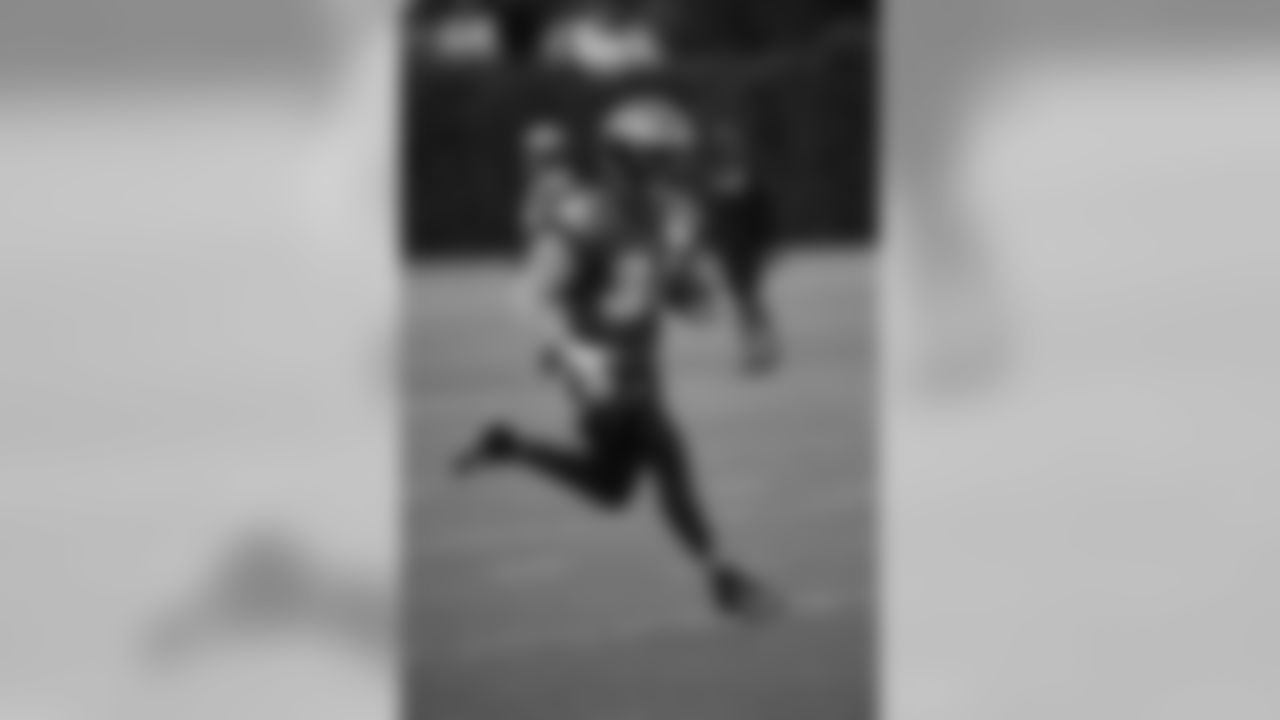
RB Donnel Pumphrey

DE Derek Barnett
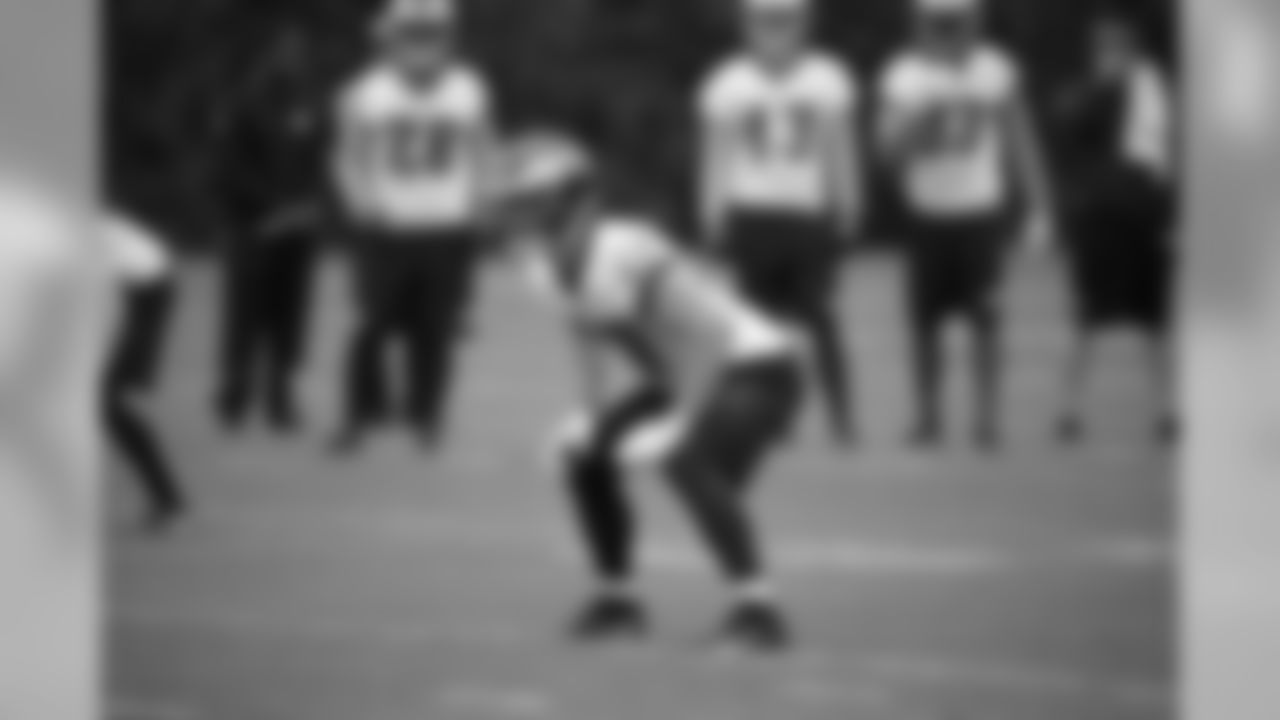
LB Nate Gerry
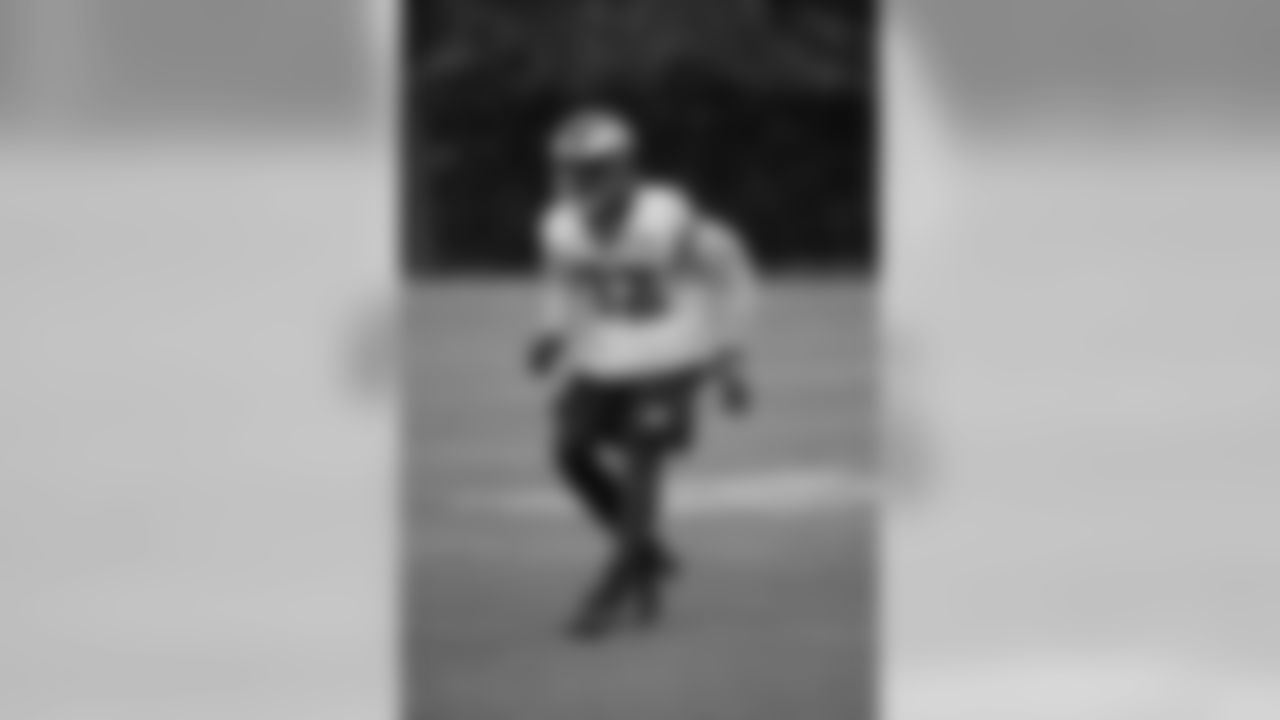
CB Rasul Douglas
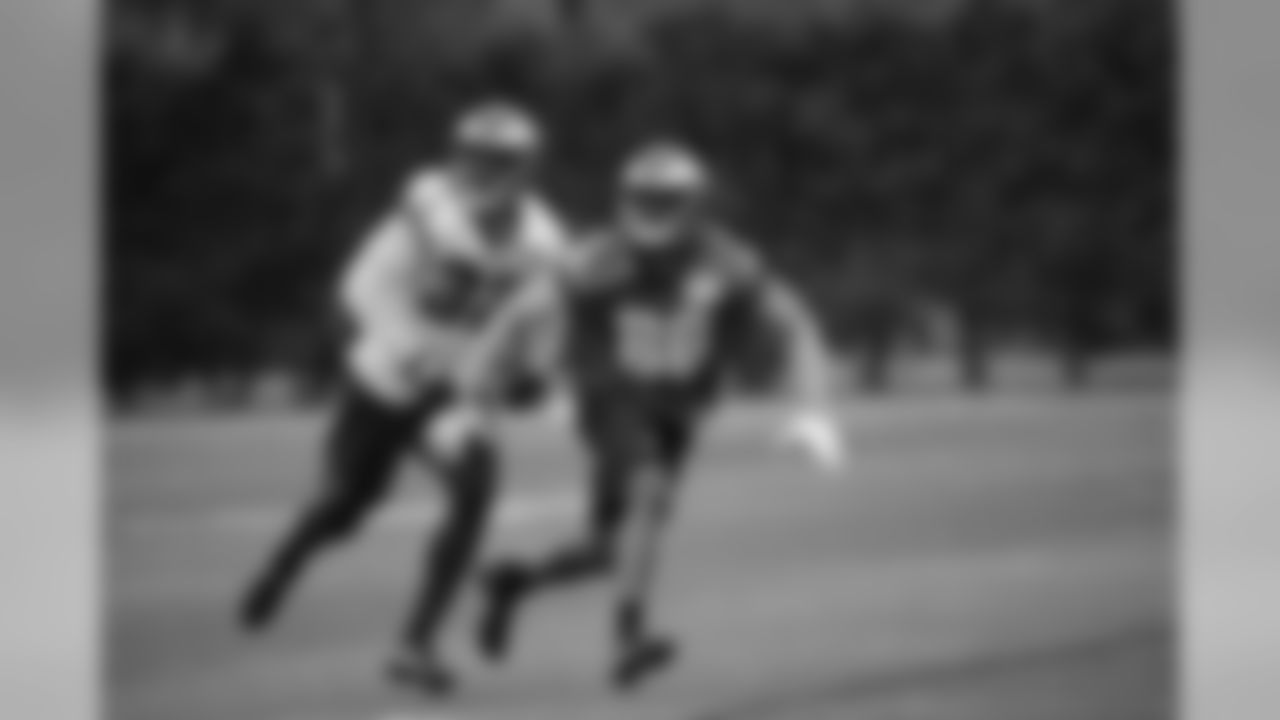
CB Rasul Douglas and WR Shelton Gibson
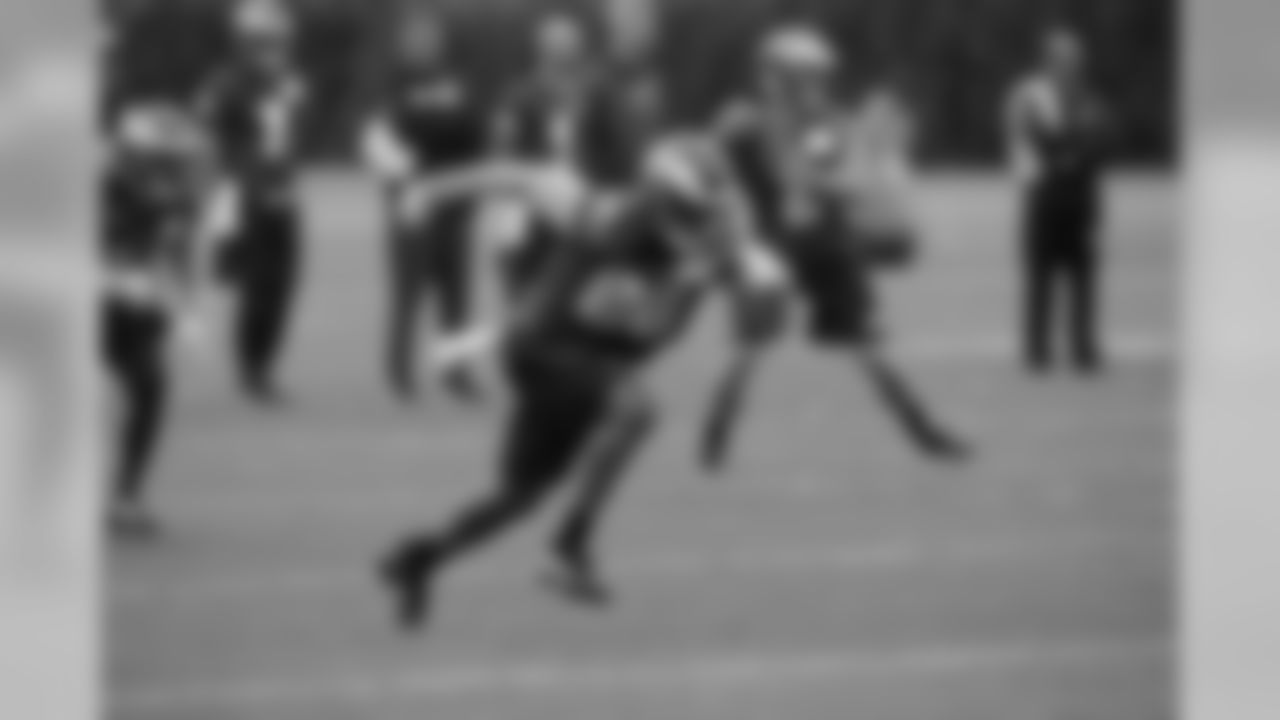
WR Shelton Gibson
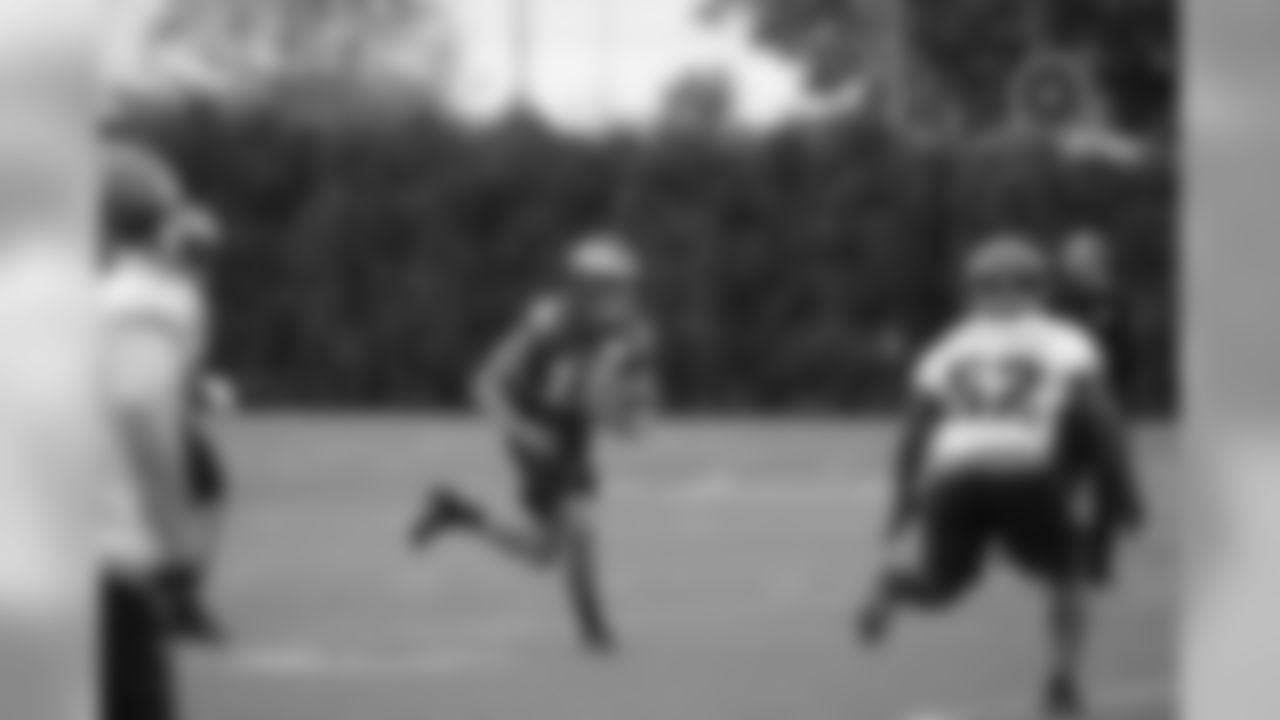
WR Mack Hollins
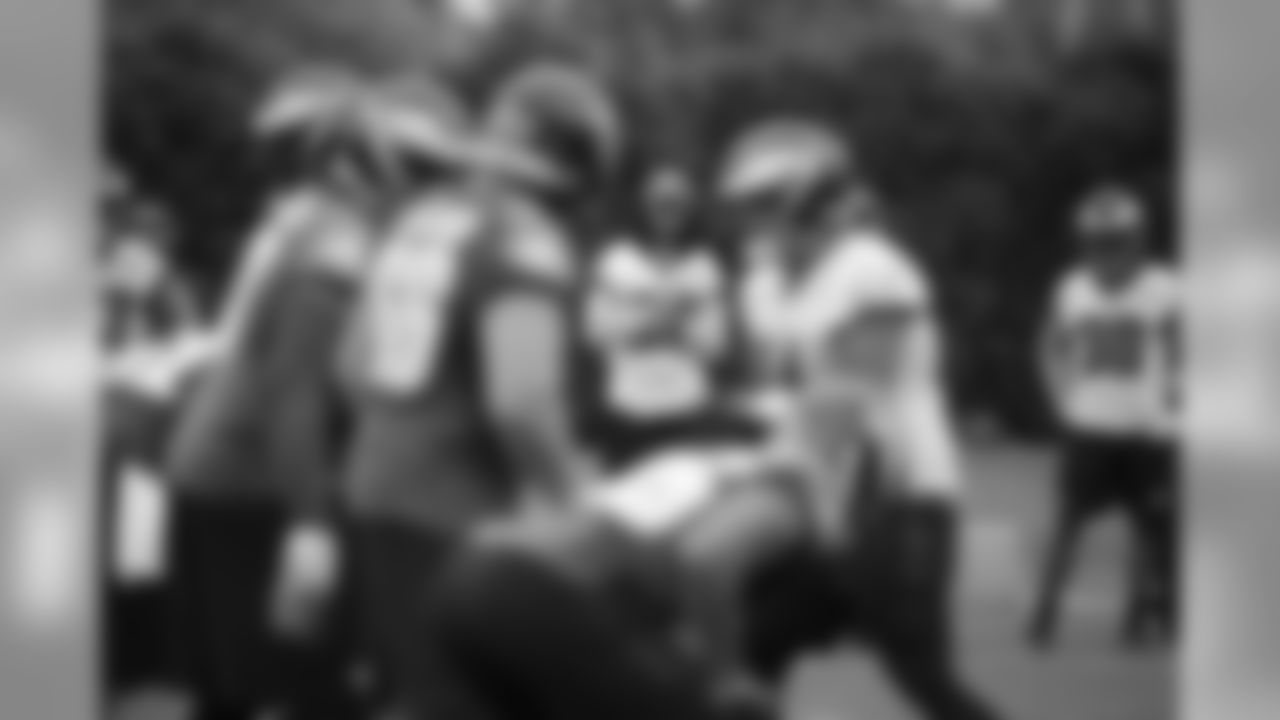
CB Sidney Jones watches from the sidelines
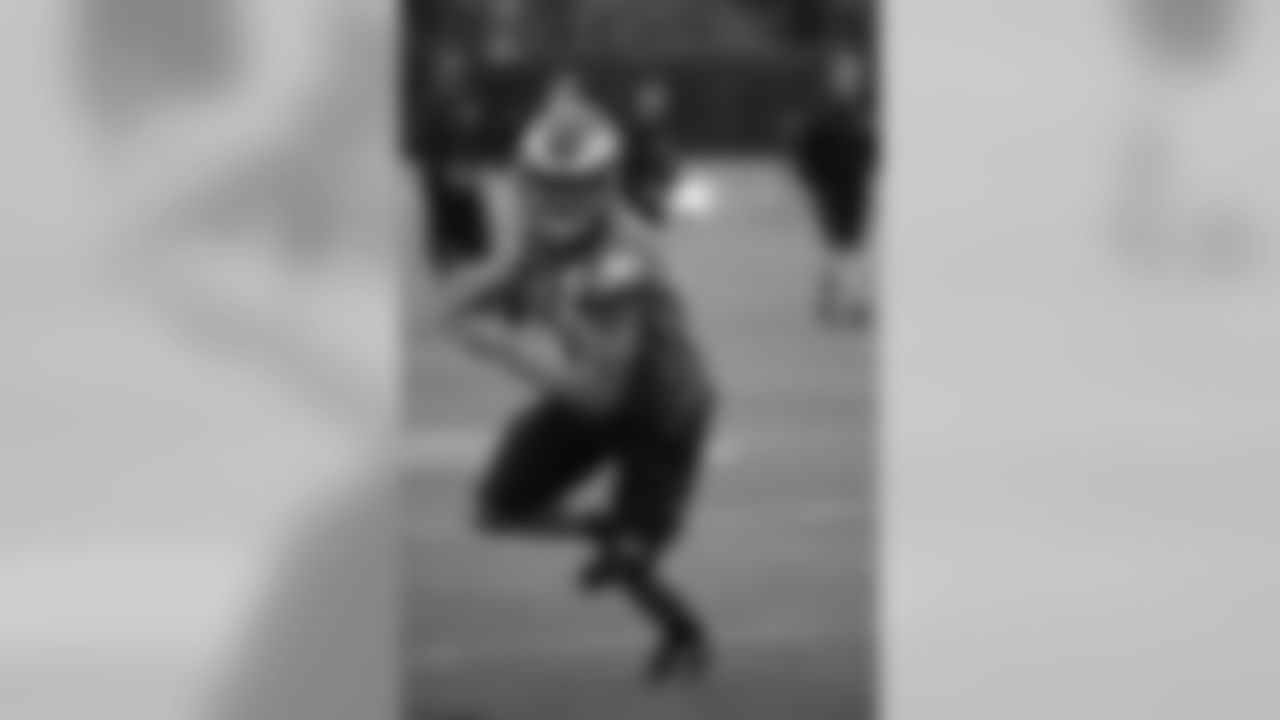
WR Mack Hollins
DT Winston Craig
Schwartz has another player to turn loose in Winston Craig from Richmond. Like Walker, Craig moved around and did some different things. Their paths to the NFL are very different. Craig went to a small school (the alma mater of Joe Douglas) and started for three years. He got better each season and played at a high level in his senior season. Craig had 7.5 sacks and was disruptive all year long. He even blocked a couple of kicks, showing he has special teams value. Craig helped himself quite a bit with a strong performance at his Pro Day. He showed NFL-level speed, strength, and agility. Craig measured in at 6-3 and 288 pounds. He is an ideal fit for a one-gap scheme. Craig might have played at a small school, but he was an All-America and has legitimate NFL potential. The coaches will love his motor.
WR Greg Ward
Greg Ward's name was in the Heisman Trophy conversation last fall after quarterbacking Houston to a major upset over Oklahoma. Ward is now making the transition to wide receiver and fighting to make an NFL roster. That shows you the difference between college and pro football. Ward was a star quarterback in high school, but got on the field early in his college career as a receiver. He returned to quarterback and led Houston to great success. Ward doesn't have the size or passing skills NFL teams want in a signal-caller, so he's willing to go back to catching passes instead of throwing them. His size, athleticism, and skill set give him a chance to make it as a slot receiver. Ward is tough as nails and isn't afraid to play in traffic. He has to show that he can get open and catch passes. His best asset is his ability to make plays after the catch. He is elusive enough to make some tacklers miss, while being physical enough to break arm tackles.
CBs Randall Goforth and Jomal Wiltz
The Eagles drafted a pair of cornerbacks and signed a pair of undrafted corners as well. Randall Goforth and Jomal Wiltz could both play in the slot. Goforth played mostly safety at UCLA. Wiltz played all over at Iowa State and I really enjoyed watching him. He is small, but is the type of tough, confident corner who Schwartz will love. Both players will hit and tackle. The Eagles have shown they like versatile defensive backs. Wiltz and Goforth can both do a variety of things well. The slot corner position is wide open. We'll see if these guys can take advantage of that.
S Tre Sullivan
Tre Sullivan played free safety for Division II power Shepherd. I enjoyed watching his tape. Sullivan isn't all that big at 5-11, 189 pounds, but he will fly up the field and really smack you. I'm sure he reminds the coaches of Rodney McLeod. Sullivan needs to be a more consistent tackler. He loves to throw his body around and try to get big hits, but there are times when a safety has to play it smart and pass up the big hit for the safe tackle. Sullivan only runs in the 4.6-second range in the 40-yard dash, but he's smart and has good instincts. That's more important at safety than pure speed.
T Victor Salako
Offensive lineman Victor Salako was a late addition to the Eagles' roster. He started for four years in college, two at UAB and his final two playing left tackle for Oklahoma State after the UAB program disbanded. Salako has terrific size at 6-6 and 335 pounds. As you may have guessed about a man with that kind of size, run blocking is his specialty. Salako can drive defenders off the ball and open some big running lanes. Beyond size and strength, he is a tenacious blocker who will sustain his blocks until the whistle blows. Coaches love linemen who have that kind of mentality. Salako used his size to be an effective pass blocker in college, but he is a limited athlete and that will be a challenge for him in the NFL. The Eagles could take a look at him as a guard or tackle. Salako doesn't have ideal footwork, but his size and power give him a chance to play at the pro level.
TE Billy Brown
Billy Brown was Sullivan's teammate at Shepherd. Brown was a highly productive wide receiver and posted big numbers, but he will make the transition to tight end in the NFL. He can run. He can catch. The question is whether he can block. Brown won't be expected to look like Brent Celek right away. Heck, Celek struggled with blocking early in his career. Brown has to show a willingness to block and that he can at least be functional. Brown is likely a developmental prospect.
P Cameron Johnston
Punter Cameron Johnston will provide Donnie Jones with some competition. Johnston had a terrific career at Ohio State and was one of the leading punters in the nation last year.
Good football players are competitive. They want the coaches to see them play and to judge them on that, not draft status. Pederson told the team recently that he was undrafted and played 12 years in the league. Pederson appreciates their situation as much as anyone. He will give them a chance to compete. History tells us a few of these guys will take advantage of it.
Tommy Lawlor, goeagles99 on the Discussion Boards, is an amateur football scout and devoted Eagles fan. He is the Editor of IgglesBlitz.com.














